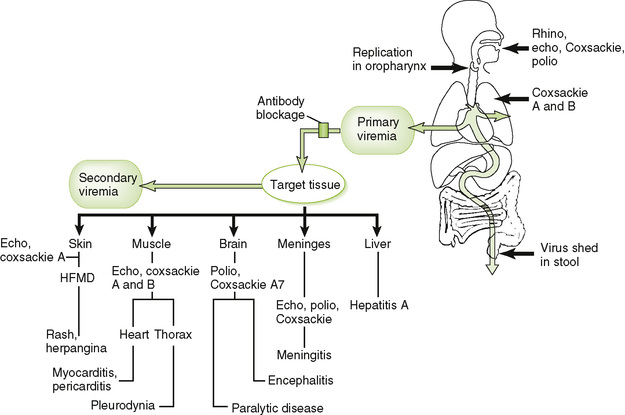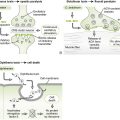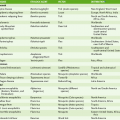Chapter 23 • This family of small viruses with a naked, icosahedral capsid and single-stranded (+) RNA genome includes the enteroviruses and rhinoviruses. A Enteroviruses: poliovirus, Coxsackie A virus, Coxsackie B virus, echovirus, and hepatitis A virus (see Chapter 27) • The enteroviruses are acid stable, can survive in the gastrointestinal (GI) tract, and are transmitted primarily by the fecal-oral route. • Initial replication occurs in the mucosa and lymphoid tissues of the pharynx and tonsils and subsequently in the GI tract. • Viremic spread of virions to target tissues depends on tissue specificity (tropism) of the virus. a. Poliovirus binds to receptors on muscle cells and neurons, causing disease in the central nervous system (CNS). b. Coxsackie viruses and echoviruses have a broader tissue tropism, causing disease in the CNS, lungs, heart, pancreas, and other tissues. • Cytolytic replication in target tissues causes direct tissue damage. 2. Diseases due to enteroviruses (Box 23-1) a. Usually caused by poliovirus but also Coxsackie A virus b. Abortive poliomyelitis (minor illness) c. Nonparalytic poliomyelitis (aseptic meningitis): fever, headache, sore throat, stiff neck, pleocytosis of cerebrospinal fluid (CSF) d. Paralytic poliomyelitis (major illness): same symptoms as nonparalytic polio plus flaccid paralysis resulting from destruction of lower motor neurons
Nonenveloped (Naked) RNA Viruses
![]()
Stay updated, free articles. Join our Telegram channel

Full access? Get Clinical Tree









